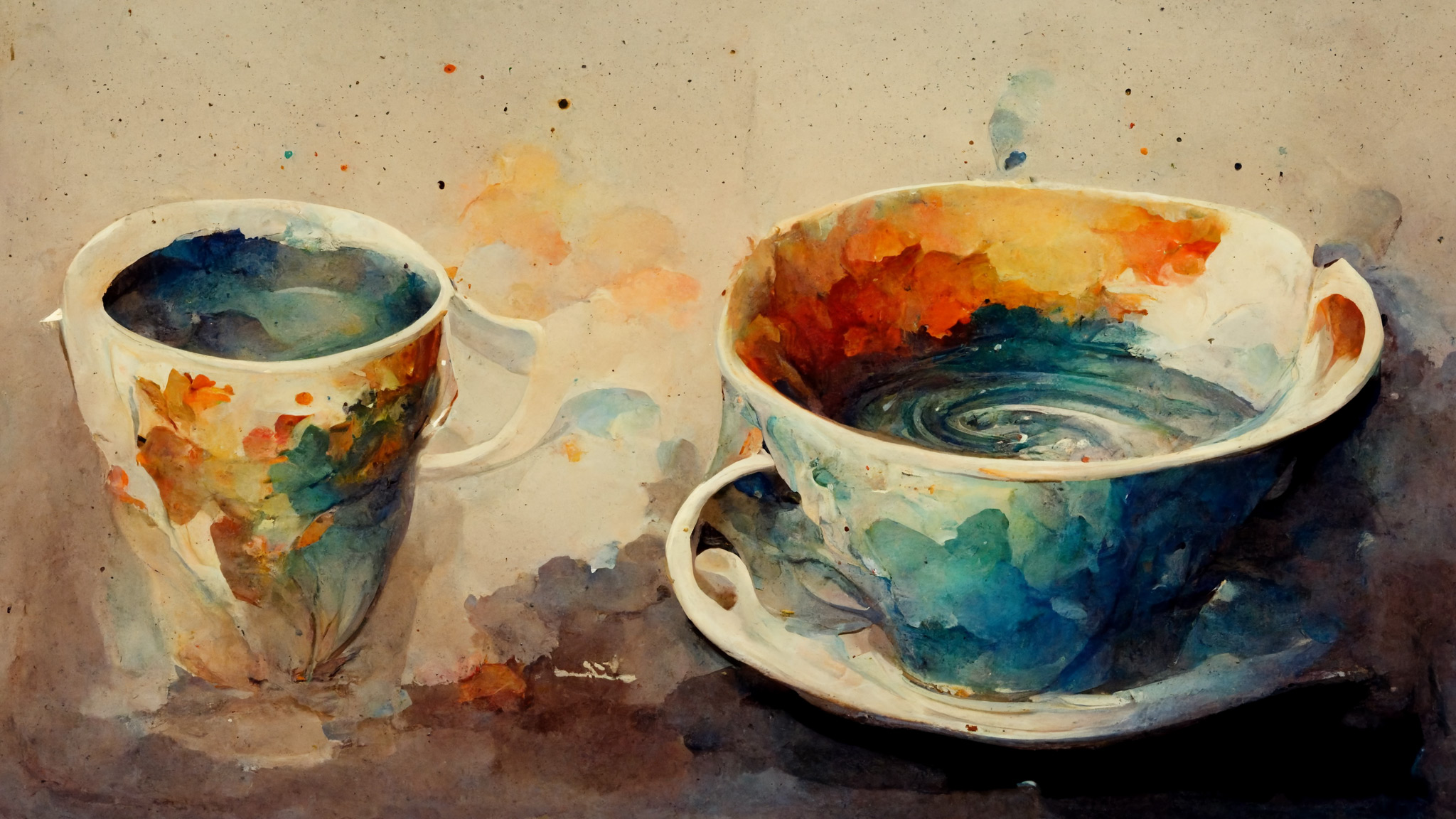Ritual Project

Brief
For this project, you will be designing a set of rules and procedures for a ritual experience, and producing a prototype experience for another person to perform.
A ritual is a designed experience that combines habits and routine with symbolism, ultimately producing an event or moment that has meaning. Rituals are intended to be specially-designed events that provide opportunities for reflection, celebration, connectivity, behavioral nudging, focus, reinforcement, and more. An example of a small or humble ritual could be a group of friends who have lunch together every week or a busy professional who writes reflective journal entries at the end of the day. Larger, more prestigious rituals include graduation ceremonies, weddings, and organized sporting events like football and baseball. Small rituals tend to not require many resources, are relatively inexpensive, and occur more frequently than larger rituals, some of which may only be experienced once in a lifetime.
A ritual is an interesting design problem because it is produced for the purpose of disrupting the flow of everyday concerns to bring about new perspective. This is counter to the way we typically think about design – as something that you wouldn't notice if it is done well.
Philosopher Alison Gopnik writes that "passing on rituals seems to be as important in cultural evolution as passing on technologies. In fact, you might argue that rituals are technologies. But they're social technologies instead of physical ones."
In her book The Gardener and the Carpenter, Gopnik describes how rituals relate to identity:
"Human beings engage in rituals, from Sunday morning football to afternoon tea service to midnight mass. Rituals are actions that make little sense by themselves but serve important social functions. By performing very specific actions in a highly prescribed way, you can identify who you are or what group you belong to.
In fact, you can actually become a different kind of person by engaging in the right ritual. I became a wife by doing a bunch of elaborate things with rings and wearing a funny dress; I became a Ph.D. by walking slowly down a long aisle in an impressive Christoper Wren building in Oxford and being tapped on the head by a man in a funny dress. (Funny dresses seem to play and especially important role in rituals.)
The whole point of rituals is that they don't make ordinary casual sense. They are potent precisely because they're divorced from ordinary principles of efficiency... (I once made the grave mistake of attending a Japanese tea ceremony when I was thirsty and wanted tea—the ritualized beauty of the proceedings is much easier to appreciate when you're not counting on a useful causal outcome.)"
Designing a ritual
This project asks you to go through a variety of design phases. The first discovery phase asks you to conduct an observation. From there, you will pull out themes and insights, develop a "How might we" question, develop ideas as a group, create and test prototypes, and produce a designed experience. Solutions to this project brief should strive for experimental rituals that ask or nudge people to change their behavior in some way, and creatively explore identified themes.
Your project must contain elements of novelty and does NOT need to solve a literal problem.
Inspiration
- Sen no Rikyu, The Great Master of Japanese Tea Ceremony
- Introducing Ritual Design: meaning, purpose, and behavior change
- Sol LeWitt
- RFID Ceramic Dinnerware - Cups By Candice Ng
Requirements
- Follow a prescribed design process to develop a ritual experience.
- The project must have visual or physical props that you create to aid the ritual experience.
- Image generated by MidJourney using prompt:
coffee cup :: water color painting --ar 16:9